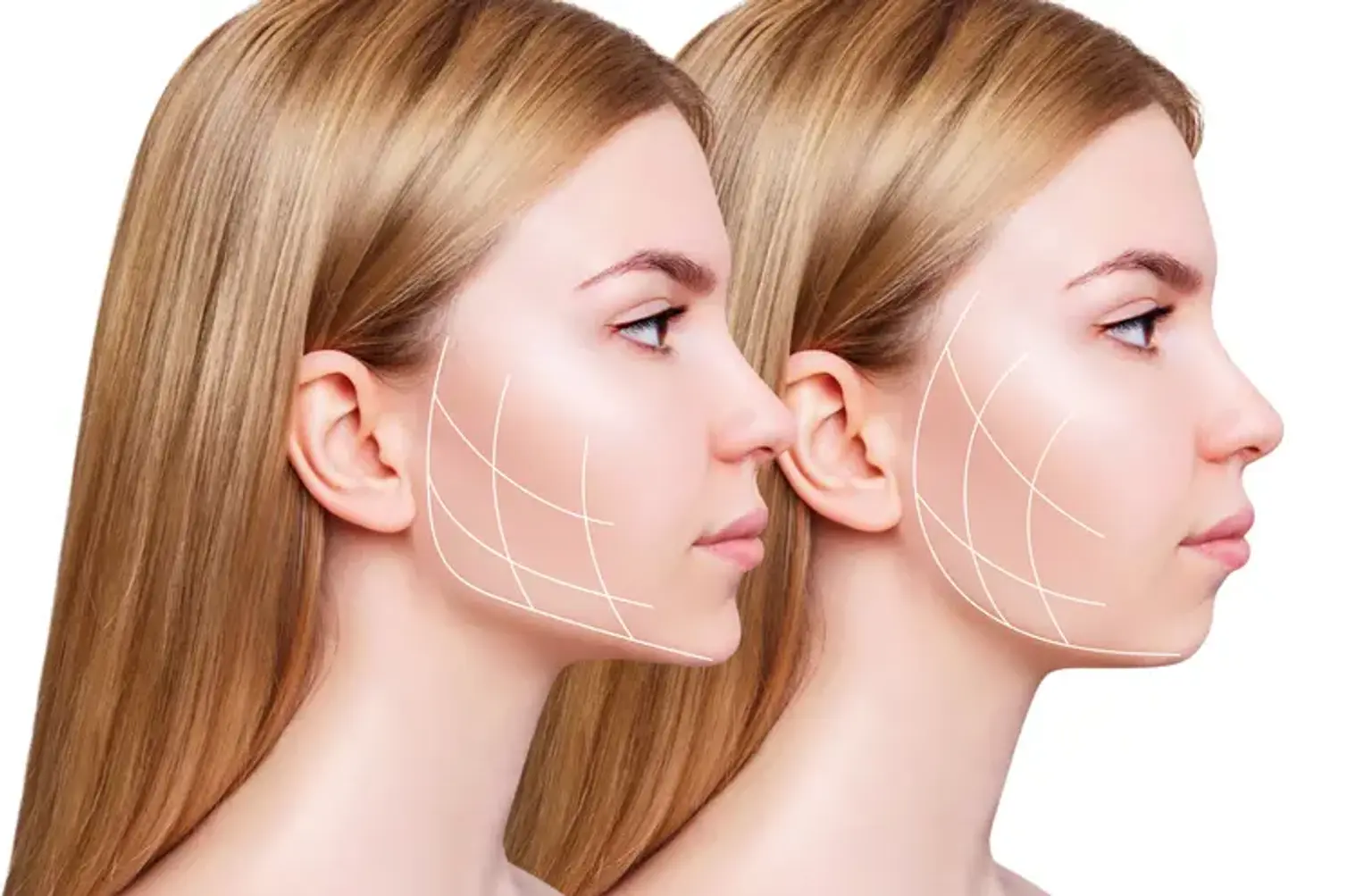Two jaw surgery
Overview
Jaw surgery, also known as orthognathic surgery, corrects jaw deformities. It can affect the top jaw (maxilla), the lower jaw (mandible), or both the upper and lower jaws (bimaxillary)
When both jaws are involved, the treatment is known as two jaw surgery or bimaxillary osteotomy. The objective is to improve your jaw's function and aesthetics. A surgeon may adjust your upper and lower jaws depending on jaw abnormalities. They may also alter their size by removing bone fragments.
